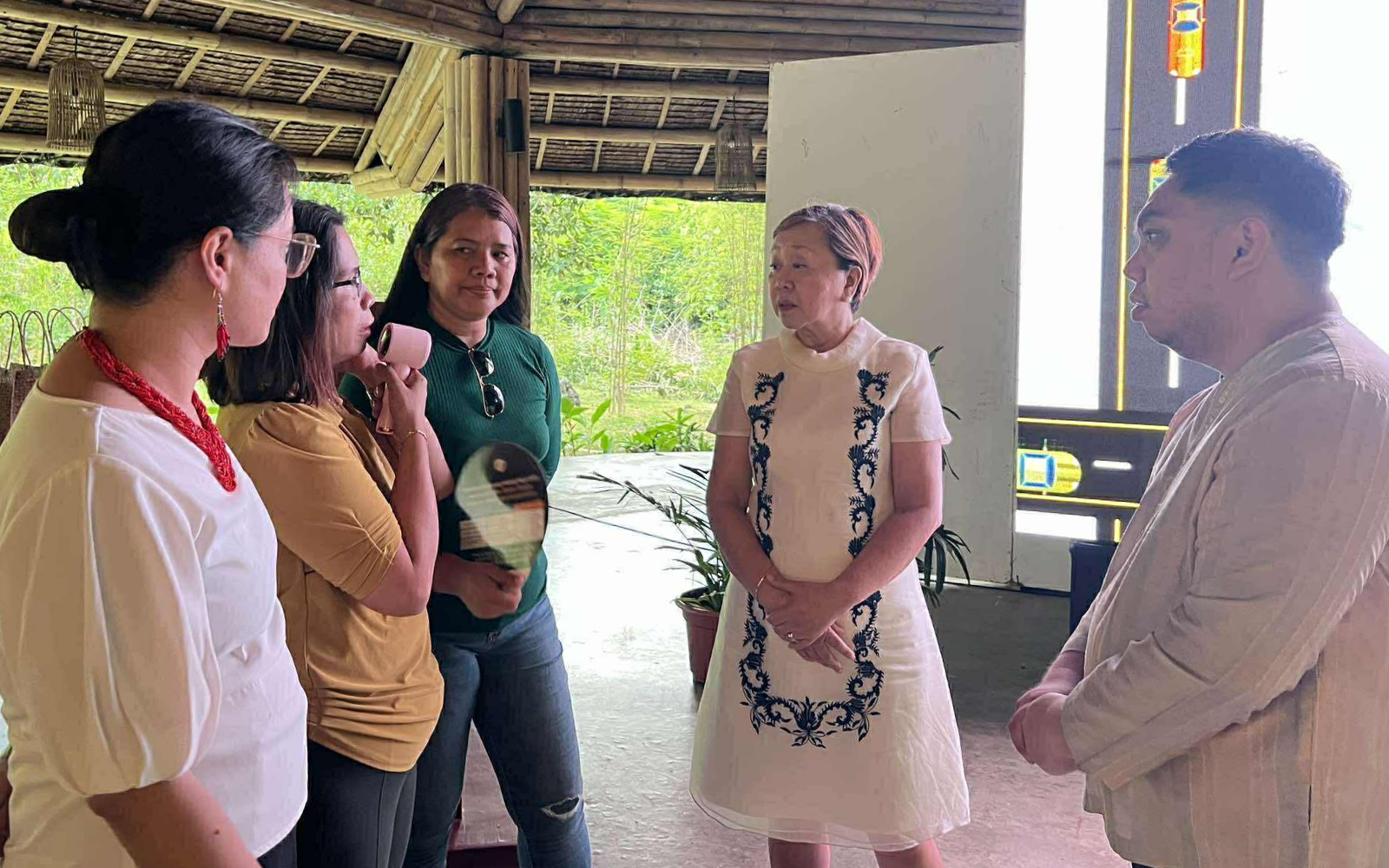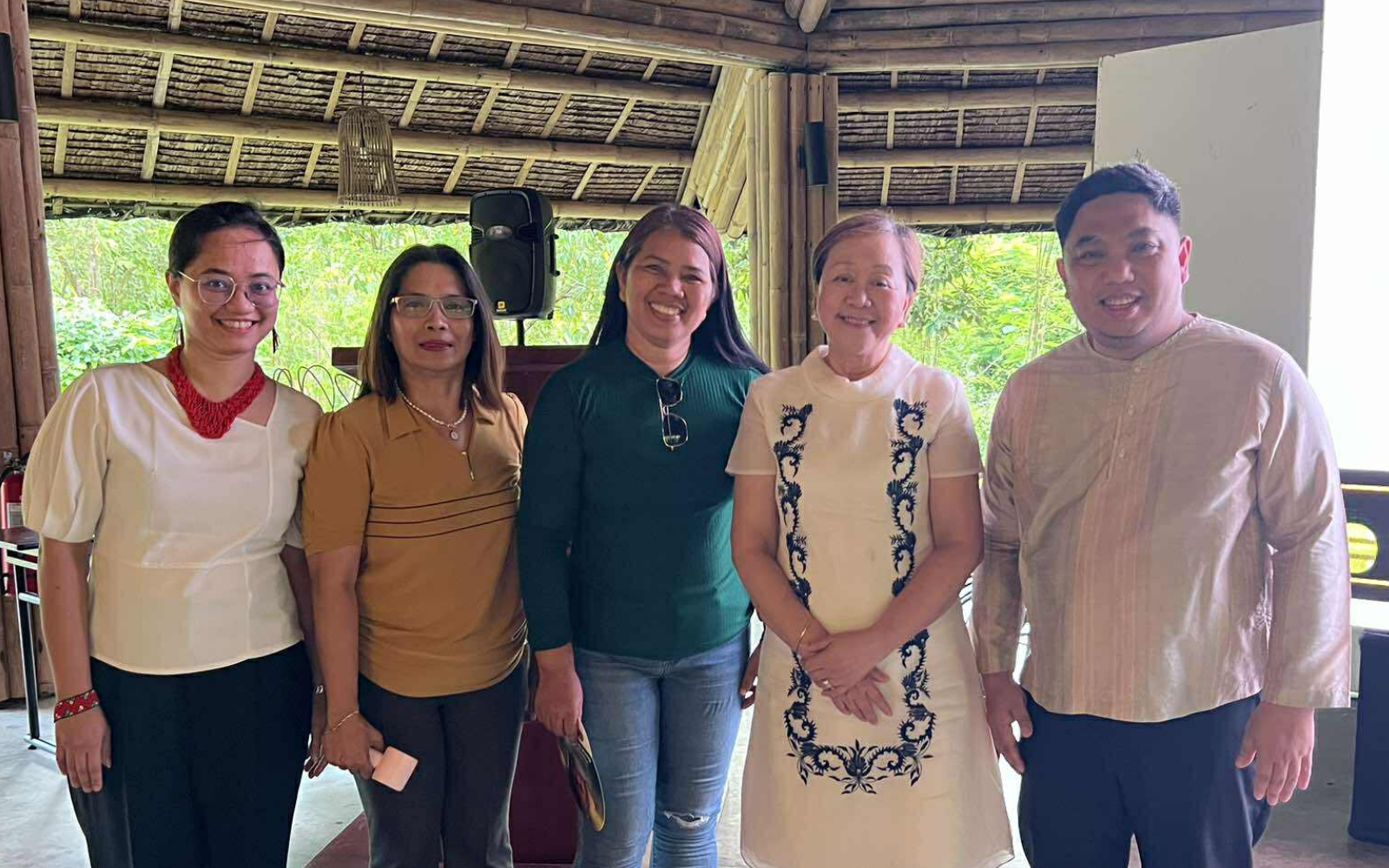No Detours: Building Expressways to Adolescent Health
Insights from the Field | by Dr. Anthony Faraon

The road to a healthier future for Filipino youth is not a scenic route—it’s an expressway we need to build now. Last week in Bohol, at the Adolescent Health Learning Exchange (AdHLEx)—organized by the Department of Health (DOH) Adolescent Health Unit and DOH Center for Health Development VII—government leaders, health professionals, civil society, and young people gathered to map that route.
The metaphor of roads—national highways, boulevards, crossroads, and yes, rough roads—showed both how far we had come and how far we had fallen off the track. On the “national highway” are broad policy frameworks like the Universal Health Care (UHC) Act and the Responsible Parenthood and Reproductive Health (RPRH) Law. On the “boulevards” are adolescent sexual and reproductive health (ASRH) services. At the “crossroads” stand local governments and multi-sectoral teams deciding whether to press forward or stall. Far too many young Filipinos also find themselves on “rough roads” marked by early pregnancy, mental health struggles, and lack of access to care.
National data gives us a mixed view. According to the Commission on Population and Development (CPD), adolescent birth rates (ABR) in the Philippines have generally declined in recent years—a sign that sustained interventions are working. However, there has been a rise in births among girls aged 10 to 14 years old, which is a real concern. These pregnancies are often the product of abuse and exploitation, and they can have lifelong consequences for the health, education, and well-being of these children. This is not just a statistic—it’s a warning sign.
The lesson from Bohol is crystal clear: adolescent health cannot be treated as a side street. It must be central to our public health and development agenda. That means three things.
First, integration. ASRH is not separate from mental health, nutrition, or protection from abuse—they are all part of the same path. A national plan that doesn’t reach the barangay health station or school clinic is a highway that ends in a dead zone.
Second, youth participation. In Bohol, young leaders were not tokens on a panel; they were drivers of solutions—designing peer-led programs, confronting stigma, and reaching peers in ways adults can’t. We cannot plan adolescent health “for them” without planning it “with them”.
Third, scaling innovation. From peer education networks to mobile health clinics, the solutions already exist in pockets of the country. The challenge is not invention—it’s political will, financing, and replication at scale.
This is where the work of The Challenge Initiative (TCI)-Philippines offers important lessons. In 24 cities across the country, TCI has worked with local government units (LGUs) to make high-impact practices for ASRH a permanent part of their work. These include strengthening leadership teams, training health workers, making health facilities more welcoming to young people, and embedding adolescent health in local investment plans.
Related article:
For example, in several LGUs where TCI support was sustained, adolescent birth rates among 15–19-year-olds dropped significantly within a few years. Cities have adopted referral systems linking schools, barangay health stations, and hospitals; improved commodity security for contraceptives; and launched social behavior change campaigns that reach both in-school and out-of-school youth. These are not just pilot initiatives that go away when funding ends—they are built into LGU budgets, policies, and processes.
TCI’s approach proves that with local ownership, data-driven planning, and community engagement, adolescent health programs can produce measurable results. But the rise in pregnancies among the youngest girls shows there are still gaps in protection, prevention, and early intervention. LGUs need to strengthen links with child protection mechanisms, expand mental health services, and equip frontline workers to detect and respond to abuse swiftly.
The Special Health Fund under the UHC Law offers an untapped opportunity. LGUs can earmark these pooled resources for adolescent health—financing outreach programs, peer education, and youth-friendly clinics. Schools can become gateways to care, not just sources of information, by partnering with health providers for on-site services. Communities can become safe spaces where adolescents access help without fear or shame.

We are in a race against time. Every delay means another young life derailed by preventable pregnancy, untreated mental health issues, or violence. The choice is ours: keep patching potholes, or build the expressways our adolescents deserve.
At AdHLEx, we chose the latter. Leaders from national agencies, local governments, and the youth sector committed to accelerate progress, address the alarming rise in pregnancies among the youngest girls, and ensure every adolescent in the Philippines can grow up healthy, educated, and safe.
The rest of the country must follow—not someday, but now.